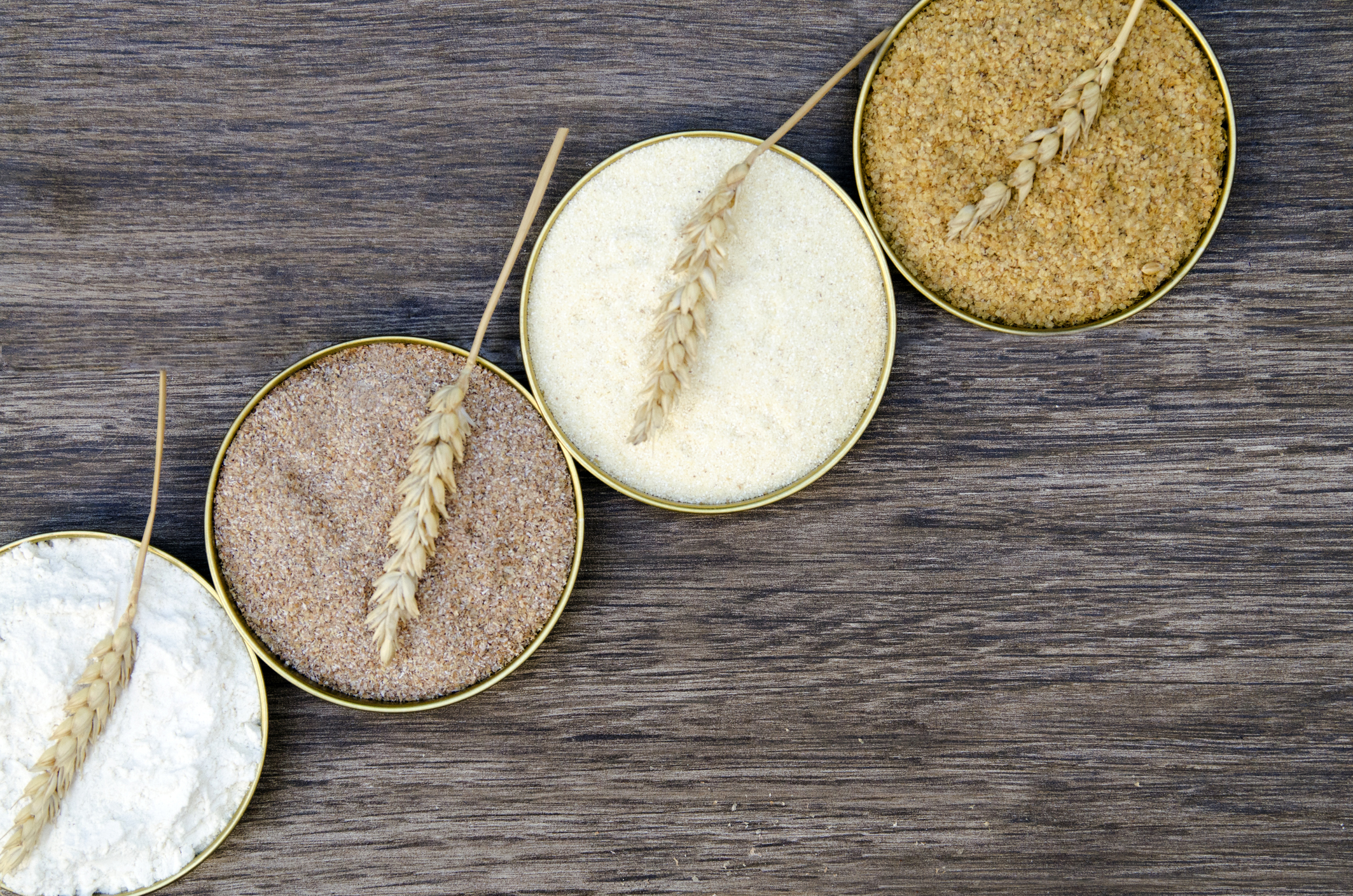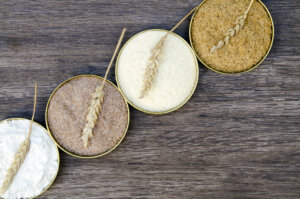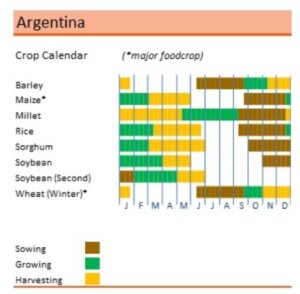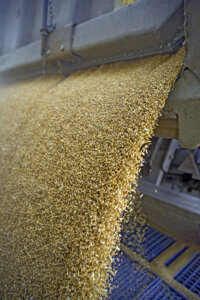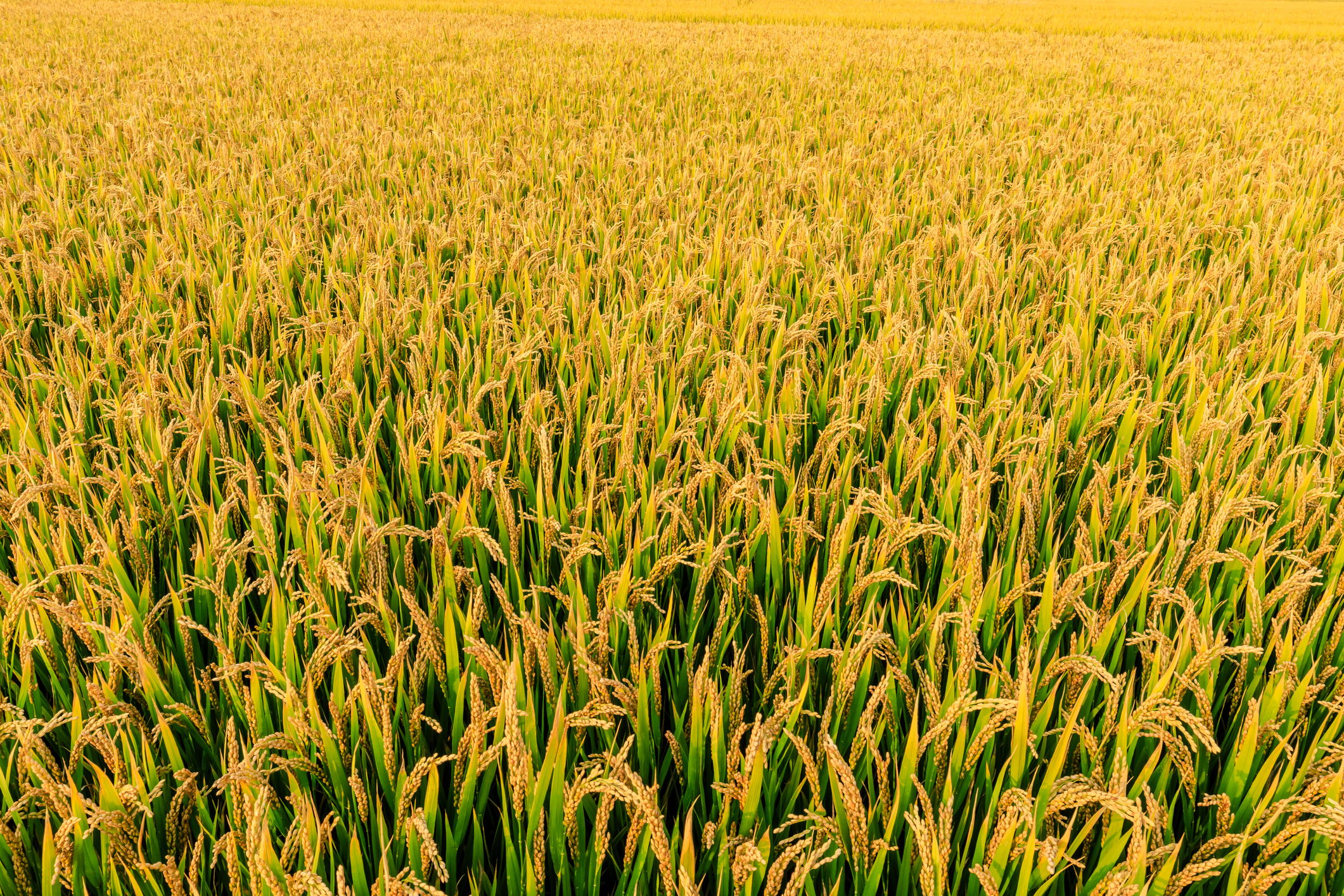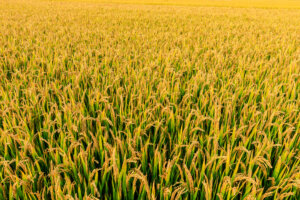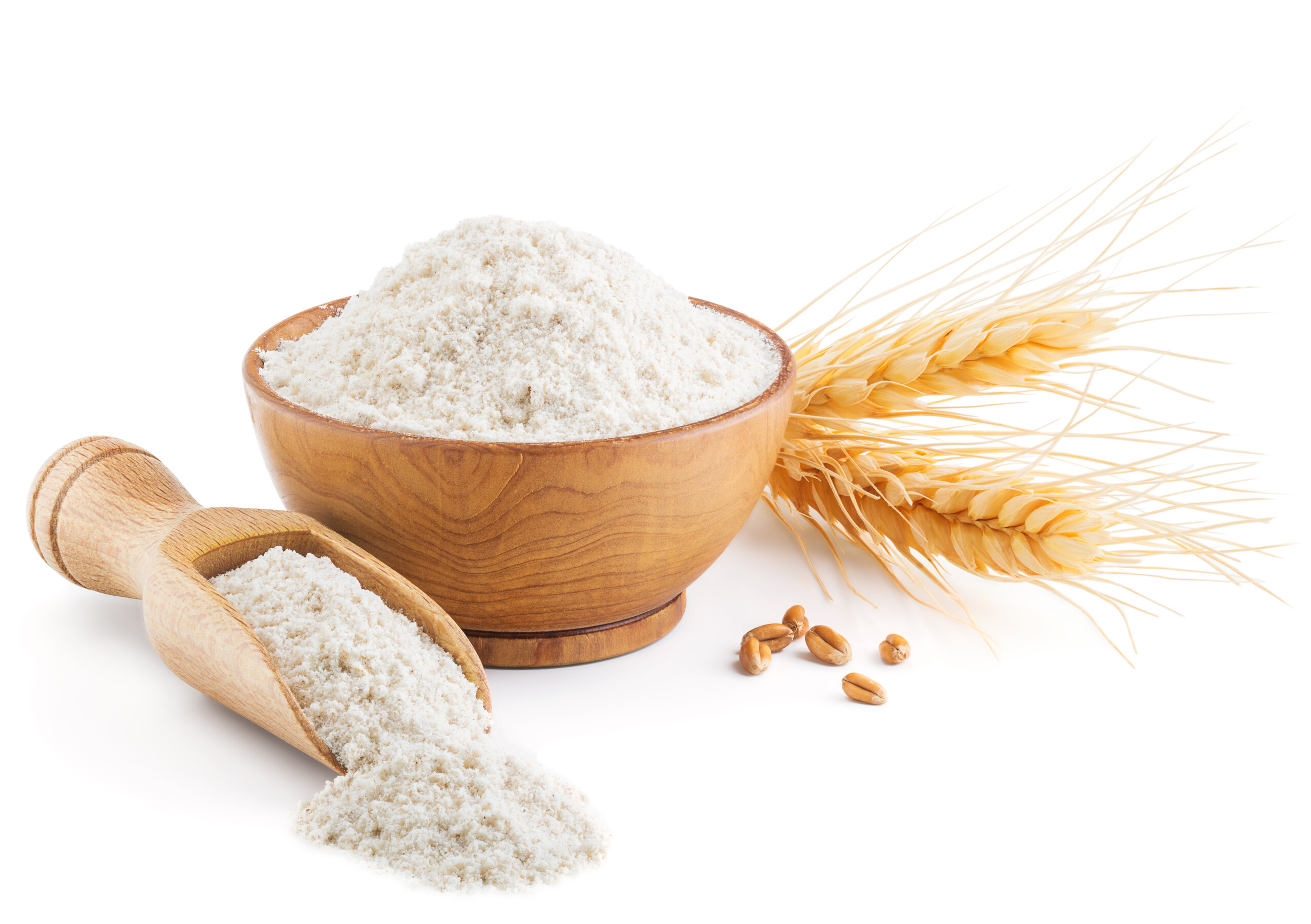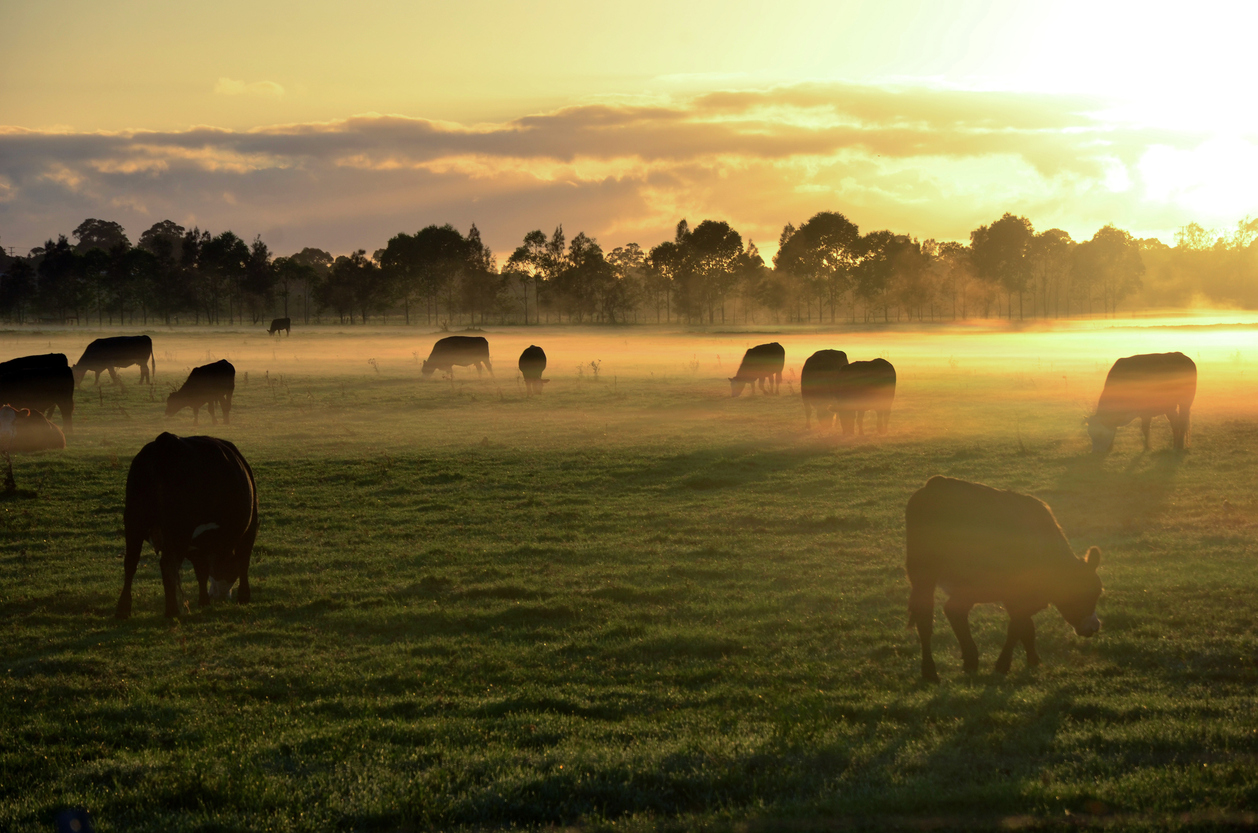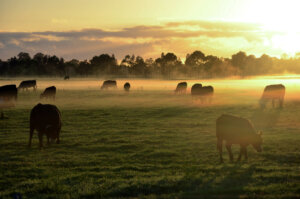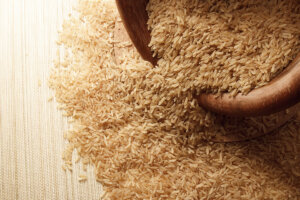 Organic Brown Rice is a good source of health-beneficial nutrients such as fiber, phytochemicals and essential minerals. Tradelink has been working with our supply chain for over 10 years now and we have always selected our brown rice from the finest crops.
Organic Brown Rice is a good source of health-beneficial nutrients such as fiber, phytochemicals and essential minerals. Tradelink has been working with our supply chain for over 10 years now and we have always selected our brown rice from the finest crops.
Brown rice possesses more health benefits than conventionally-grown brown rice, as all certified organic products, and compared to conventional food crops it contain lower levels of agricultural chemicals that may harm health.
The two main practices of establishing rice plants are transplanting and direct seeding. Transplanting is when pre-germinated seedlings are transferred form a seedbed to the wet field. Direct seeding involves broadcasting dry seed and planting them.
Many farmers maintain their fields in controlled flooded conditions to increase grain quality and yields. This also allows them to conserve soil organic matter.
Depending on the variety, a rice crop usually reaches maturity at 100-150 days after crop establishment. Good harvesting methods help maximize grain yield and minimize grain damage and deterioration.
The product is free from antibiotic, insecticide and herbicide residues and chemical fertilizer and TradeLink International works with quality assurance certifiers such as Control Union to check each container load as it is loaded.
Please email sales@tradelinksa.com for more information
[su_document url=”http://www.tradelinkinternational.com/sa/wp-content/uploads/2020/04/rice.pdf” height=”280″]





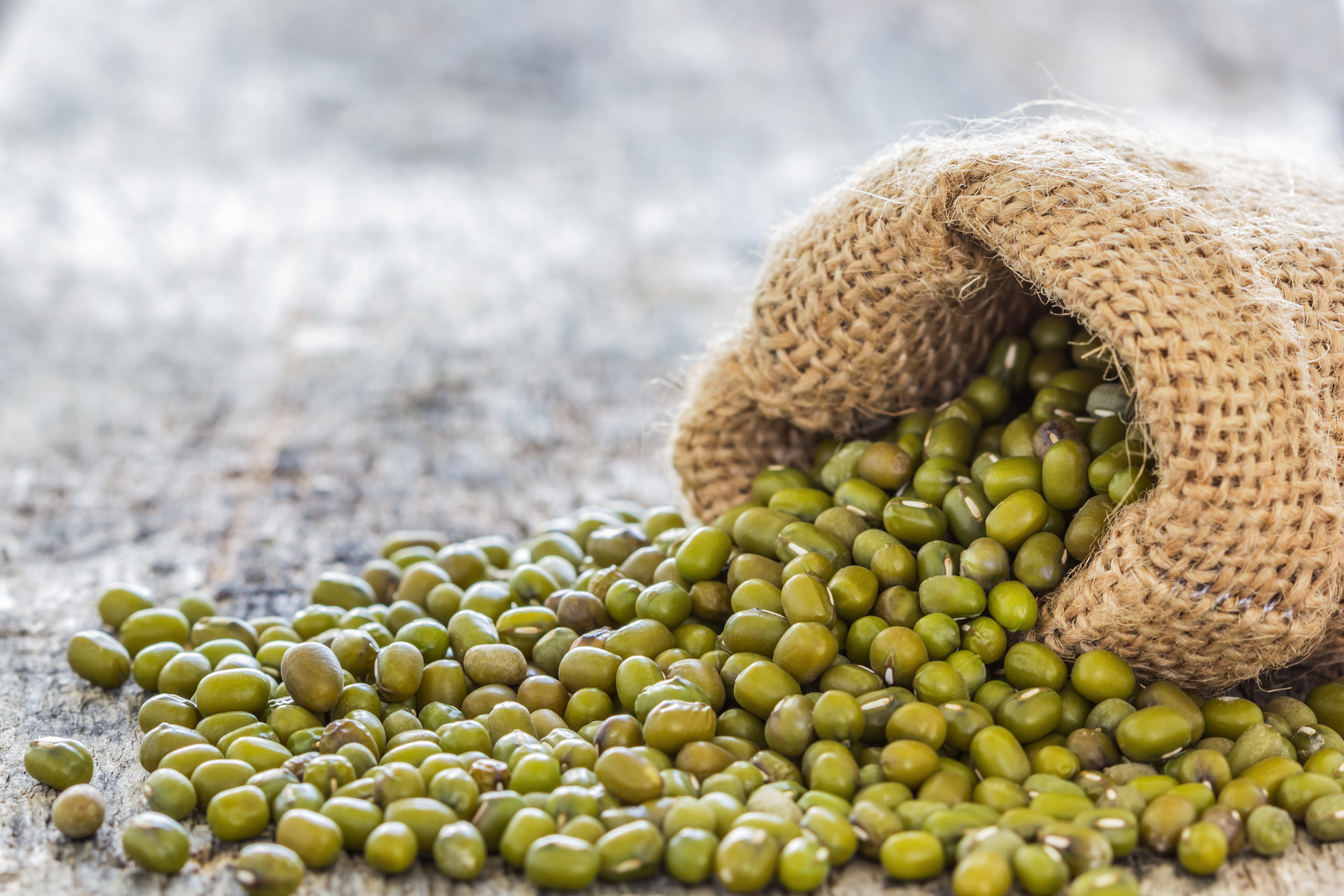
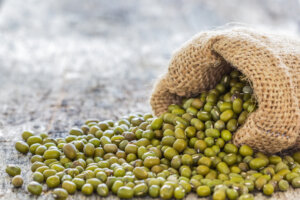

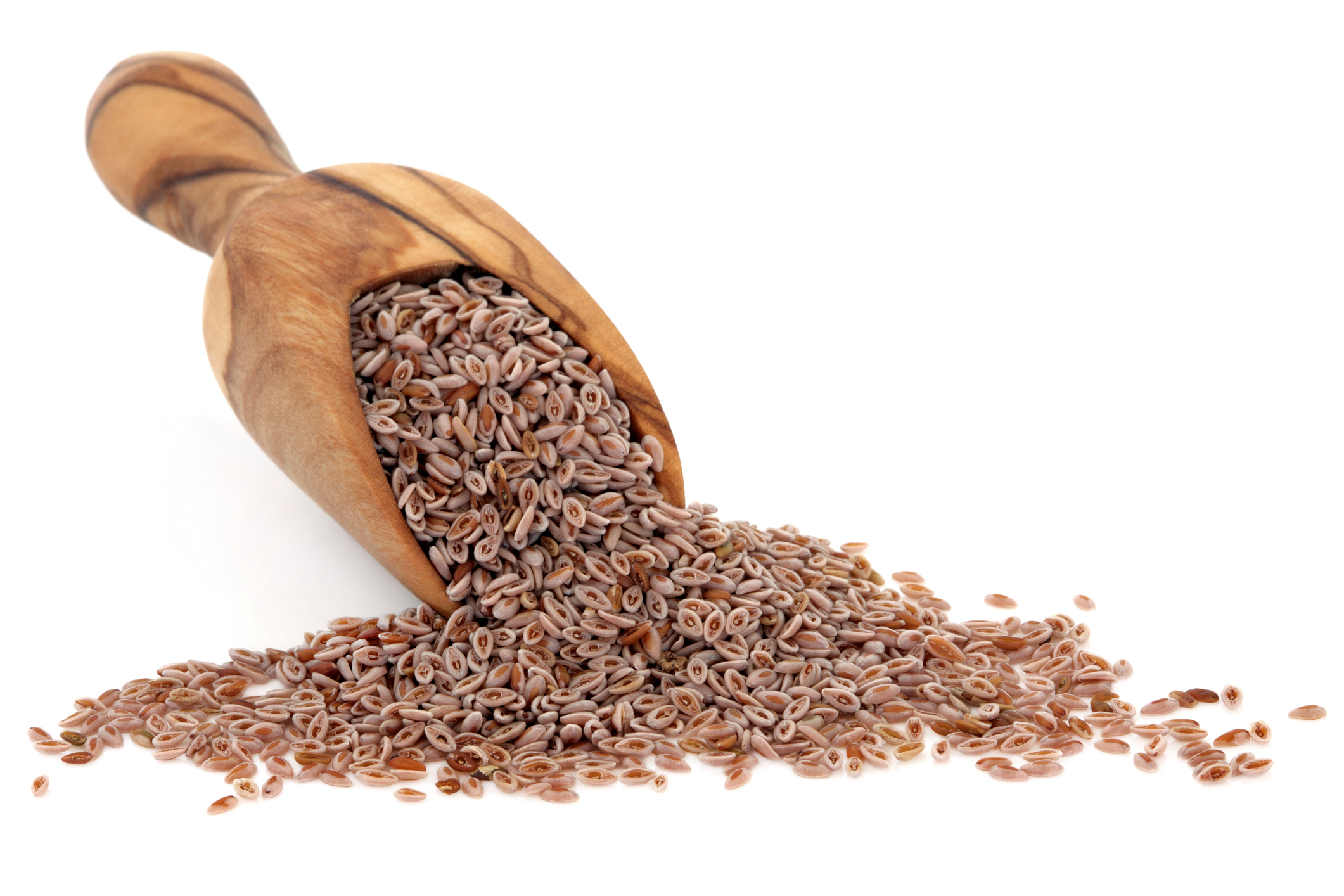
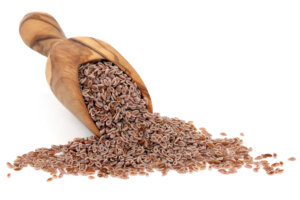
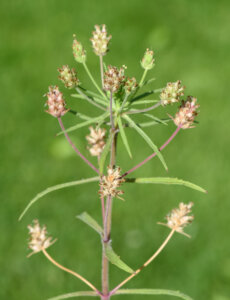 Harvested seed must be dried to below 12% moisture to allow for cleaning, milling, and storage.
Harvested seed must be dried to below 12% moisture to allow for cleaning, milling, and storage.
